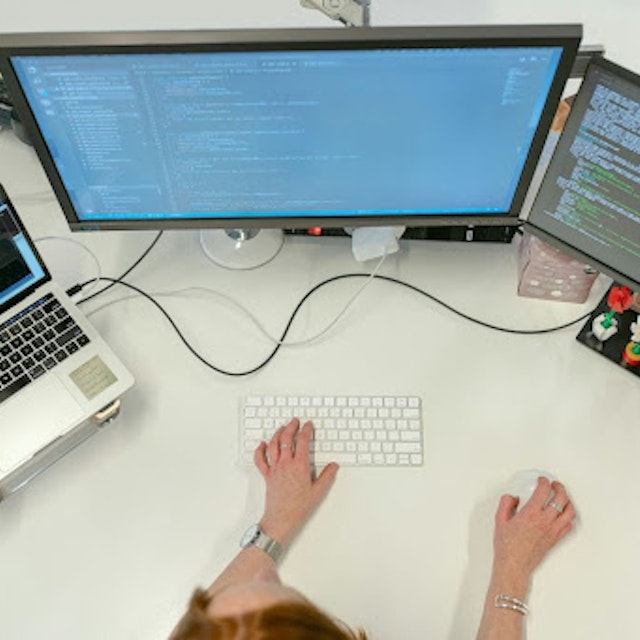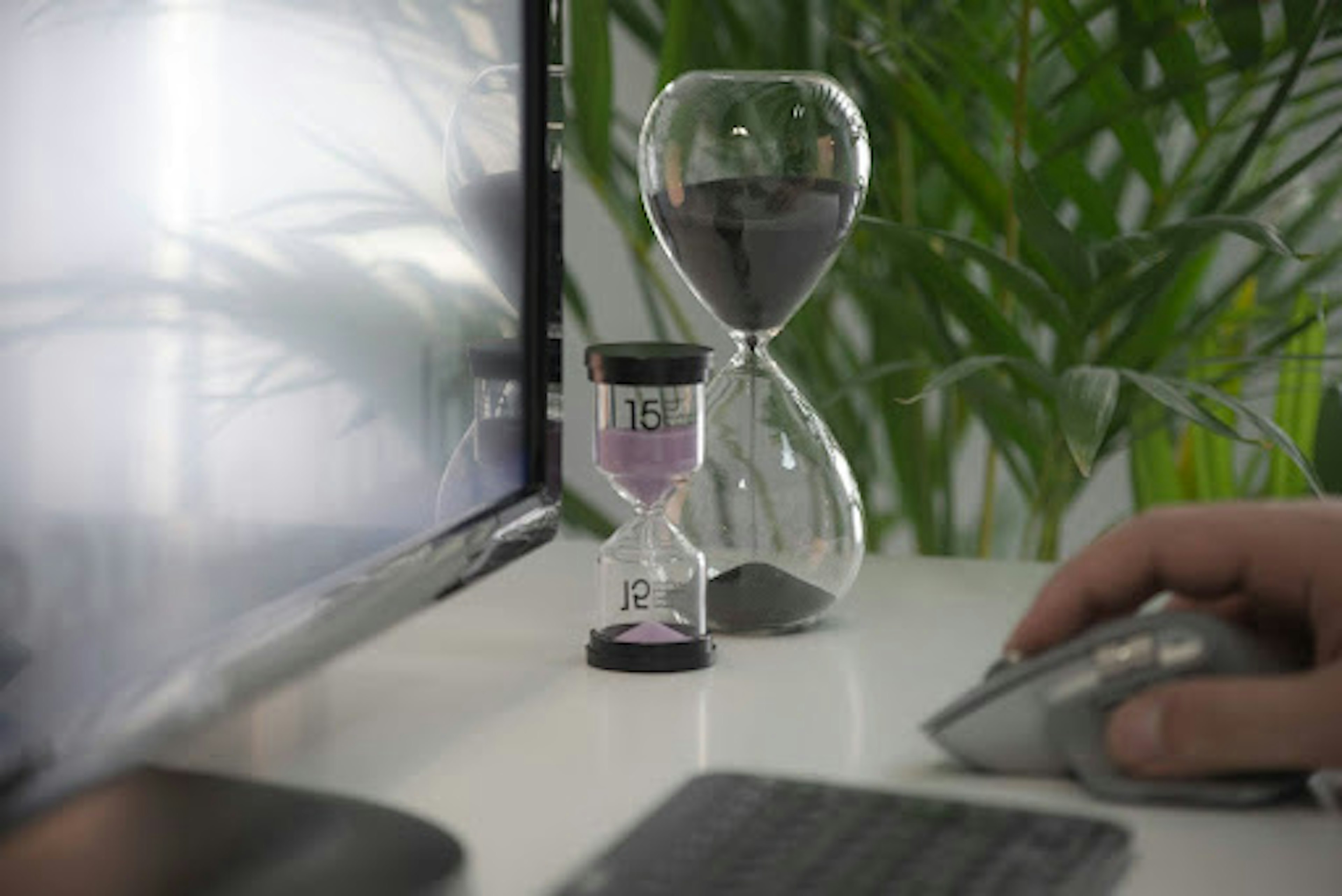Measure What Matters: The ROI of Automating GTM Visuals
Quantify the hours saved, deals accelerated, and brand consistency gained when you stop making every deck from scratch.
Written byMichaela Brown
Updated onJuly 24, 2025

Introduction
If your GTM teams are still building decks from scratch, you’re bleeding time and money. From pitch decks to QBRs, these visual assets are vital to revenue performance. However, manual creation leads to bottlenecks, errors, and inconsistent branding.
Automating your visuals isn't just a design upgrade—it’s a revenue unlock. Let’s break down the real ROI of automating sales and marketing assets: from time savings to deal acceleration and brand consistency at scale.
Key takeaways
Automating GTM visuals can save around 6.5 hours per rep, per week
The faster you create assets, the faster you can close deals
On-brand, up-to-date assets reduce errors and improve customer trust
AI-powered visuals give teams a scalable, flexible design engine
Measure ROI by time saved, revenue impacted, and consistency achieved
Creating manual decks kills time (and revenue)
A salesperson’s job is to sell. Not to create slide decks. But in reality, salespeople only spend about 28 percent of their time selling. Instead of generating revenue, they’re generating slide decks, QBRs, and one-pagers. This work, often done alone, can lead to bottlenecks while sales teams wait for marketing and design to approve assets.
Manual deck creation slows down marketing and design teams, too. Marketing will have to double-check your deck to make sure the messaging is on-brand, and the designers will have to stop what they’re doing to help you if you need to reformat a graphic or chart. This tedious work will prevent multiple teams from working on revenue-generating projects.
Automating slide deck creation will save multiple teams time, money, and lots of headaches.

Photo by ThisisEngineering on Unsplash
The power of automation: One template, infinite variants
When used thoughtfully, AI and automation can turn your time-sucking deliverables into on-brand, revenue-generating machines.
Designers or marketers can create one brand-safe asset. This asset can have dynamic fields or modular sections for sales reps to fill in as they see fit. Dynamic fields and modular sections act as guardrails, so your sales reps can go rogue and stay on-brand.
If reps need something more tailored, they can ask AI to create a tailored deck for them. Even better, low-code and no-code tools can automatically pull data from a CRM and format it into a slide deck.
ROI of visual automation
To quantify the time lost, sales reps spend around 6.5 hours creating a 15-slide deck from scratch. If they have to create multiple decks for different clients, that’s over a day’s worth of work lost.
Multiplied by a 10-person sales team, that’s 65 hours per week dedicated to creating slide decks. Finding an AI-powered solution can increase your team’s
Implementing an AI-powered solution has ripple effects, too:
Automated visuals mean you’ll close deals faster than ever. No more waiting on marketing to create proposals, QBRs, and the like. You’ll be able to implement day-of follow-ups and deliver assets at breakneck speed.
Your marketing team wants to stay on-brand for a reason. Companies with consistent branding are more trusted and respected than their counterparts without a consistent brand. Presenting a strong, unified front leads to more trust and strong narrative control.

Photo by Milad Fakurian on Unsplash
What should you automate first?
There’s no right way to start your visual automation journey. But automating a frequently tweaked asset would be a good place to start. Think pitch decks, renewal presentations, and pricing sheets. Starting with these types of assets will likely provide you with the biggest up-front time savings.
Next, you’ll want to automate assets that need to be refreshed every once in a while, like a one-pager or testimonial slides. Consider integrating your visual automation product with your CRM or CMS. This will automatically refresh your content when new stats or testimonials come in.
Visual automation increases morale, trust, and confidence
Automating your visuals will give everyone peace of mind that they’re working with the most updated assets and will create trust across teams. Marketing knows that the sales team will stay on brand, leadership sees cleaner execution across teams, and sales reps will feel confident going into calls.

Photo by Cytonn Photography on Unsplash
How to get started with visual automation
Again, there’s no right way to start with visual automation. But the best starting point is auditing your current deck-building process. Talk to other reps about the time they spend creating decks and how quickly the information becomes obsolete. Be sure to talk to the marketing team about their pain points when it comes to visuals, too.
Now that you understand your team’s pain points, identify your most frequently changed assets. These fluctuating assets will benefit most from visual automation.
Next, you can start designing templates. At this point, you should consider looping in your designers. Designers are experts at applying brand guidelines, and will likely want to make sure the templates are well-aligned. After the templates are done, you can add AI and automation tools into the mix.
This is where the magic happens. AI and automation tools will automatically update your visuals with the latest stats, quotes, and testimonials. All you have to do is sit back and measure your team’s success. Take a look at hours saved, deals influenced, and increased output.
Conclusion
Automating your GTM visuals isn’t a nice-to-have; it’s a revenue multiplier. Visual automation reduces busywork, accelerates deal cycles, and keeps every message aligned to your brand. When every hour matters and every slide sells, automation is the ROI-positive upgrade your team has been waiting for.